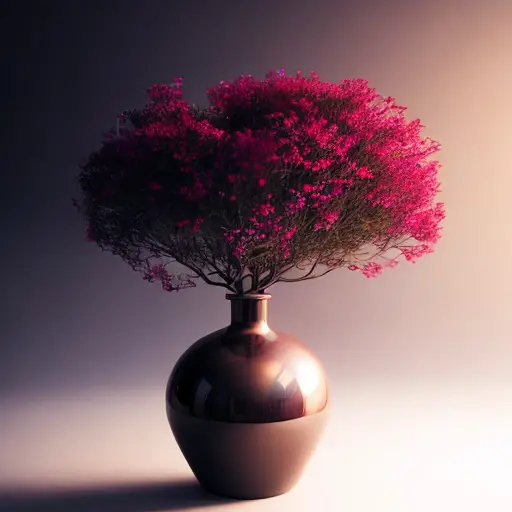Alright, folks, let's dive into the fascinating world of photography and unravel the mysterious concept of form. Now, we're not talking about those pesky paperwork forms that haunt our dreams, but rather the visual element that gives a photograph its three-dimensional oomph! Form in photography is like the sculptor's magic touch, transforming a flat image into a captivating masterpiece. It's all about capturing the shapes, contours, and textures that bring your subjects to life, making them pop off the page and into our eager eyeballs. So, grab your cameras and get ready to shape up your photography game, because form is here to add that extra pizzazz to your shots!
Form in photography refers to the three-dimensional quality of an object or subject captured in a two-dimensional photograph. It allows viewers to perceive depth, volume, and texture in an image, even though the photograph itself is flat. By skillfully using lighting, shadows, and composition, photographers can create an illusion of form, making the subject appear more tangible and lifelike. This technique adds a sense of realism and depth to photographs, enhancing the overall visual experience for viewers.
Picture this: you're strolling through a gallery, admiring the stunning compositions that transport you to another world. What's the secret ingredient that makes these photographs so captivating? It's form, my friends! Form in photography is like the conductor of a visual symphony, guiding our eyes through the frame and telling a story without uttering a single word. It's all about the arrangement of shapes, lines, and volumes that create a harmonious dance, leading us from one element to another with grace and intention. So, fellow photographers, let's embrace the power of form and let it shape our visual narratives, elevating our compositions to new heights of storytelling brilliance. Get ready to compose your way to photographic glory!

In the enchanting realm of photography, form takes on a whole new level of significance when it comes to mastering light and shadow. It's like having a secret weapon in your artistic arsenal, allowing you to create depth and dimension that will leave viewers in awe. Form in photography refers to the way light interacts with the subjects, revealing their contours, textures, and shapes. By skillfully manipulating these elements, photographers can breathe life into their images, transforming them from mere two-dimensional representations to captivating visual experiences.
When it comes to leveraging form, understanding the interplay between light and shadow is crucial. Shadows can be used to accentuate the form of a subject, adding a sense of mystery and intrigue. They create a visual contrast that enhances the three-dimensional quality of the photograph, making the subject appear more tangible and real. By carefully positioning your light source and observing how it interacts with the subject, you can sculpt the form and bring out its unique characteristics.
Furthermore, form can be used to create a sense of depth in your photographs. By strategically placing objects of different sizes and distances from the camera, you can establish a visual hierarchy that adds layers to the composition. This technique, known as 'foreground, middle ground, and background,' allows the viewer's eye to travel through the image, exploring the various elements and experiencing a sense of spatial depth. Form, in this context, acts as a guide, leading the viewer's gaze and creating a dynamic visual narrative.
Mastering form in photography also involves understanding the concept of light direction. The angle at which light falls on a subject can dramatically alter its form and appearance. Front lighting, for example, can flatten the form, while side lighting can accentuate the textures and contours. Backlighting, on the other hand, can create a halo effect, emphasizing the silhouette and adding a touch of drama. By experimenting with different lighting techniques, photographers can manipulate form to evoke specific emotions and enhance the overall impact of their images.
In conclusion, form in photography is the key to unlocking the potential of light and shadow. It allows photographers to create depth, dimension, and visual interest in their compositions. By understanding how light interacts with the subjects, manipulating shadows, and playing with different lighting techniques, photographers can master the art of leveraging form to captivate viewers and tell compelling visual stories. So, fellow photographers, let's embrace the power of form and embark on a journey of endless creativity!
A fun fact about form in photography is that it refers to the three-dimensional quality of an object or subject captured in a two-dimensional photograph. By skillfully using lighting, shadows, and composition, photographers can create the illusion of depth and make flat images appear three-dimensional, adding a captivating and lifelike element to their pictures.
In the realm of photography, form goes beyond the surface, allowing us to capture the essence of our subjects through abstract and experimental techniques. It's like peering into the soul of an object or person, revealing hidden layers and emotions that transcend the physical appearance. Abstract photography, with its focus on shapes, lines, and textures, allows us to strip away the distractions and hone in on the pure form. By exploring unconventional angles, playing with reflections, or experimenting with long exposures, we can push the boundaries of form and create images that challenge our perception and ignite our imagination. So, let's venture into the realm of abstract and experimental photography, where form becomes a gateway to a world of endless possibilities.